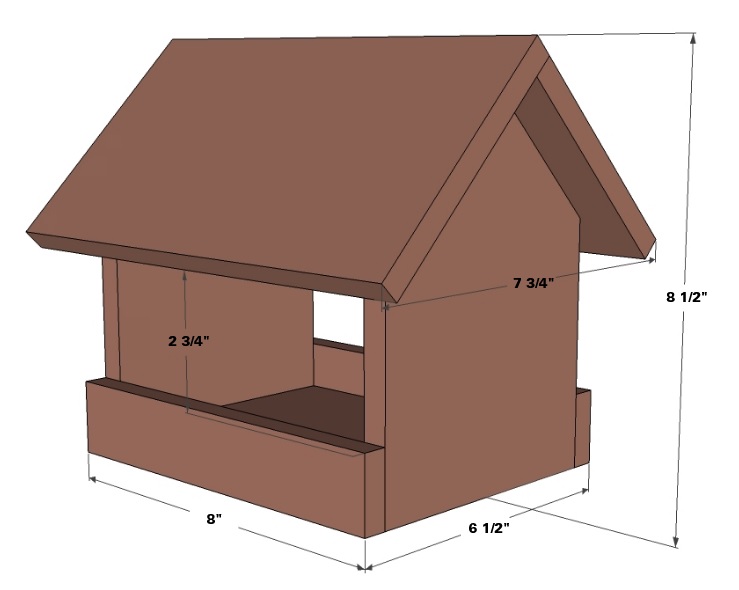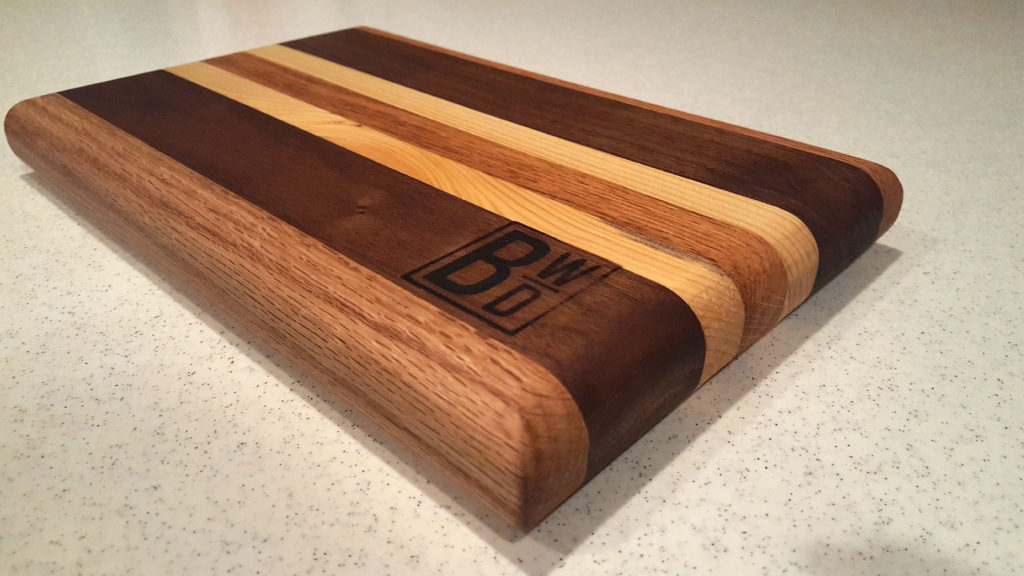
Crafting Custom Cutting Boards with Easy-to-Sell Designs
In the realm of handcrafted goods, cutting boards have emerged as a popular and profitable niche. These functional works of art combine practicality with aesthetic appeal, making them highly sought after by home cooks and culinary enthusiasts alike. To succeed in this competitive market, it is essential to create custom cutting boards with designs that resonate with potential buyers and stand out from the crowd. This article will guide you through crafting easy-to-sell cutting board designs, focusing on key considerations and practical tips.
Understanding the Market Demand
Before diving into design, it is crucial to understand the target market and their preferences. Conduct thorough research to identify popular trends, customer demographics, and the prevailing aesthetics in the market. This research will inform your design choices and ensure your creations resonate with your intended audience.
Popular Cutting Board Styles
The cutting board market offers a wide array of styles, each catering to specific preferences. Some popular styles include:
- Traditional Rectangular Boards: Simple yet timeless, these boards are ideal for everyday use and offer ample cutting space.
- Round Boards: Perfect for serving cheese, charcuterie, or appetizers, round boards add a touch of elegance to any occasion.
- Heart-Shaped Boards: Symbolic of love and warmth, heart-shaped boards make thoughtful gifts for special occasions.
- Rustic Boards: Featuring live edges and natural wood grains, these boards embody a rustic charm that appeals to those seeking a connection to nature.
- Contemporary Boards: Sleek and minimalist in design, these boards often incorporate geometric patterns or modern finishes.
Trending Designs and Features
Keep an eye on emerging trends in the cutting board market. Some popular features include:
- Personalized Engraving: Adding names, dates, or special messages adds a personal touch and makes the board a cherished keepsake.
- Built-in Juice Grooves: These grooves help contain juices and prevent messy spills on countertops.
- Integrated Handles: Ergonomic handles facilitate easy carrying and transport.
- Compartmentalized Boards: Featuring separate compartments for different ingredients, these boards enhance food organization and presentation.
Designing for Functionality and Aesthetics
A successful cutting board design balances functionality and aesthetics. Consider the following factors:
Functionality
- Size and Shape: Select dimensions that accommodate various cutting tasks and culinary needs.
- Material: Choose durable and food-safe wood species that resist warping and scratches. Popular options include maple, cherry, walnut, and bamboo.
- Finish: Apply a food-safe oil or wax to enhance the board's natural beauty and protect it from moisture and staining.
- Durability: Ensure the board can withstand the rigors of daily use and maintain its structural integrity over time.
Aesthetics
- Color and Grain: Wood species offer a wide range of colors and grain patterns, allowing for unique and visually appealing designs.
- Edge Profiles: Experiment with different edge profiles, such as rounded, beveled, or mitered edges, to enhance the board's visual appeal.
- Inlays and Decorative Elements: Incorporate wood inlays, metal accents, or etched designs to add a touch of artistry and personalization.
- Overall Design Harmony: Ensure that all design elements work together cohesively to create a visually pleasing and cohesive piece.
Marketing and Selling Your Custom Cutting Boards
Once you have crafted beautiful and functional cutting boards, it's time to market and sell your creations.
Building an Online Presence
Establish a strong online presence to reach a wider audience. Create a professional website or online store to showcase your products and highlight their unique features.
- High-Quality Photography: Capture stunning images of your cutting boards that showcase their beauty and craftsmanship.
- Detailed Product Descriptions: Provide comprehensive descriptions that highlight the board's materials, features, and care instructions.
- Social Media Engagement: Utilize platforms like Instagram and Facebook to share your work, engage with potential customers, and build a community around your brand.
Participating in Craft Fairs and Markets
Attend local craft fairs and markets to connect directly with potential customers and gain valuable feedback. Showcase your boards in a visually appealing and informative manner.
Collaborations and Partnerships
Explore collaborations with other businesses or artisans in related fields. For example, partner with a local chef or restaurant to sell your boards as part of their merchandise or offer custom-designed boards for their special events.
Conclusion
Crafting custom cutting boards with easy-to-sell designs requires a blend of creativity, functionality, and marketing savvy. By understanding market demand, prioritizing design elements, and building a strong online presence, you can create a successful business that allows you to share your passion for woodworking and create beautiful and functional pieces that enhance the lives of your customers.























